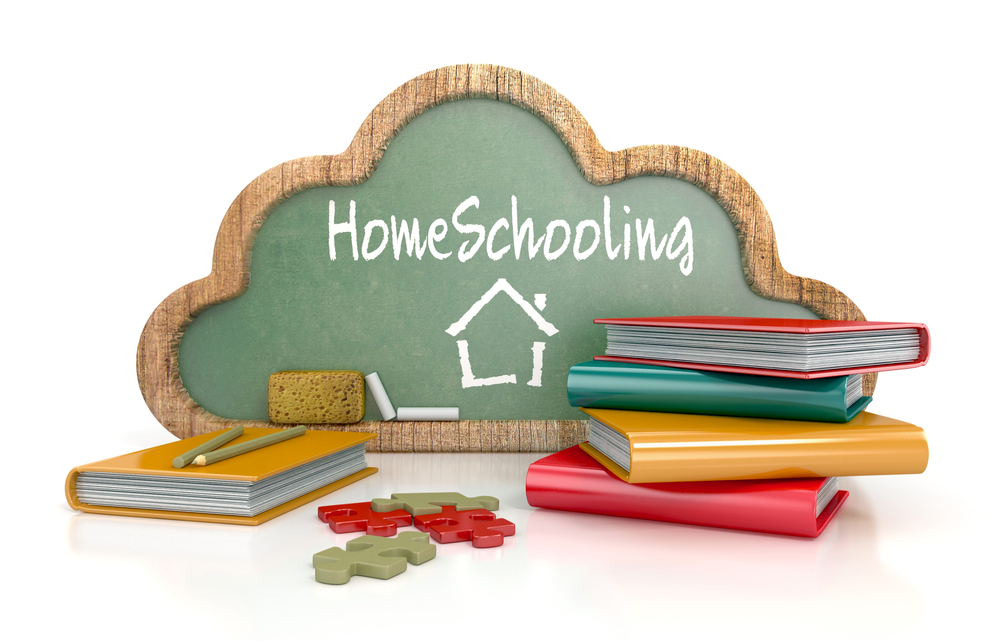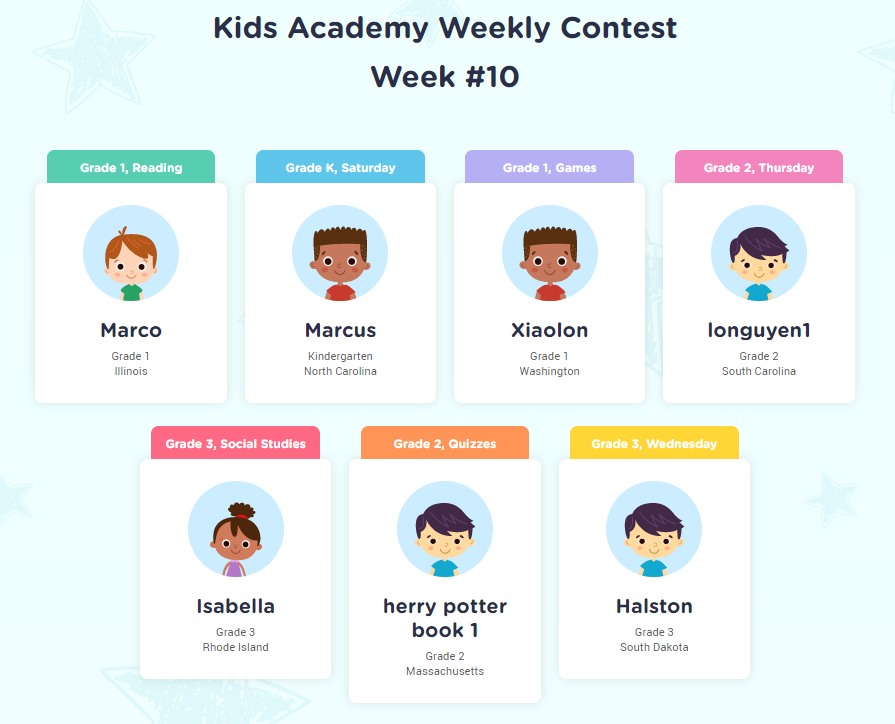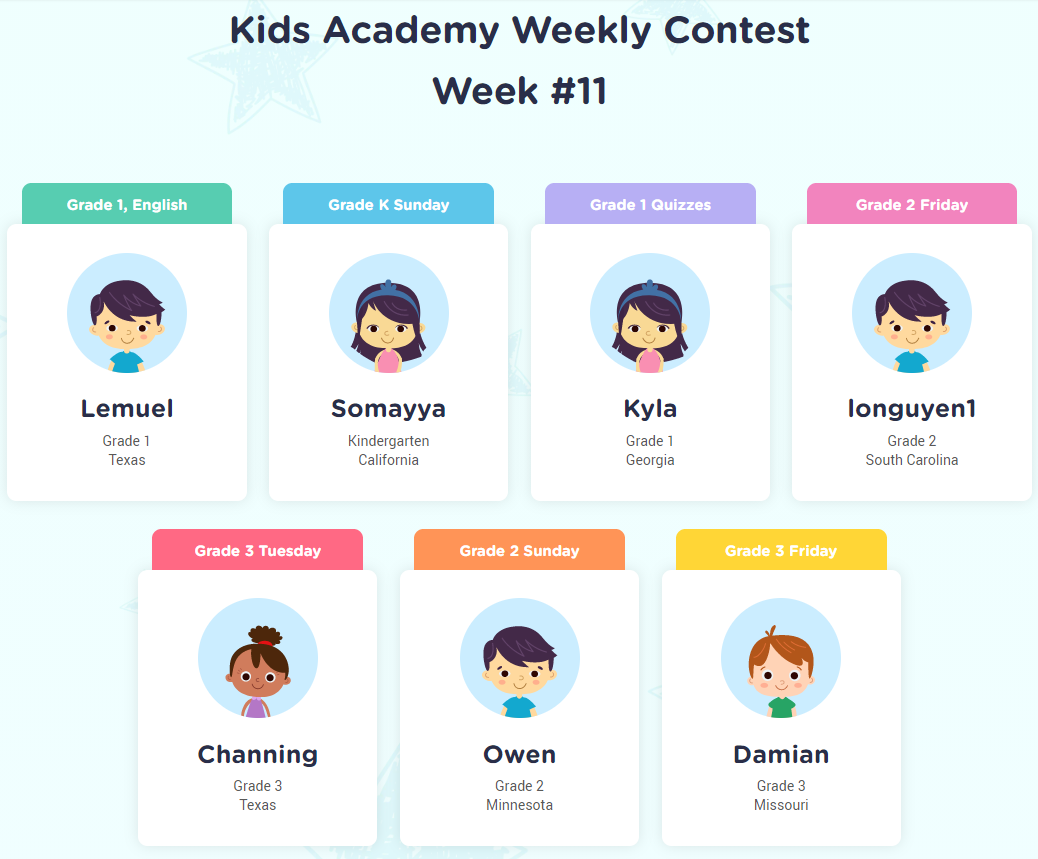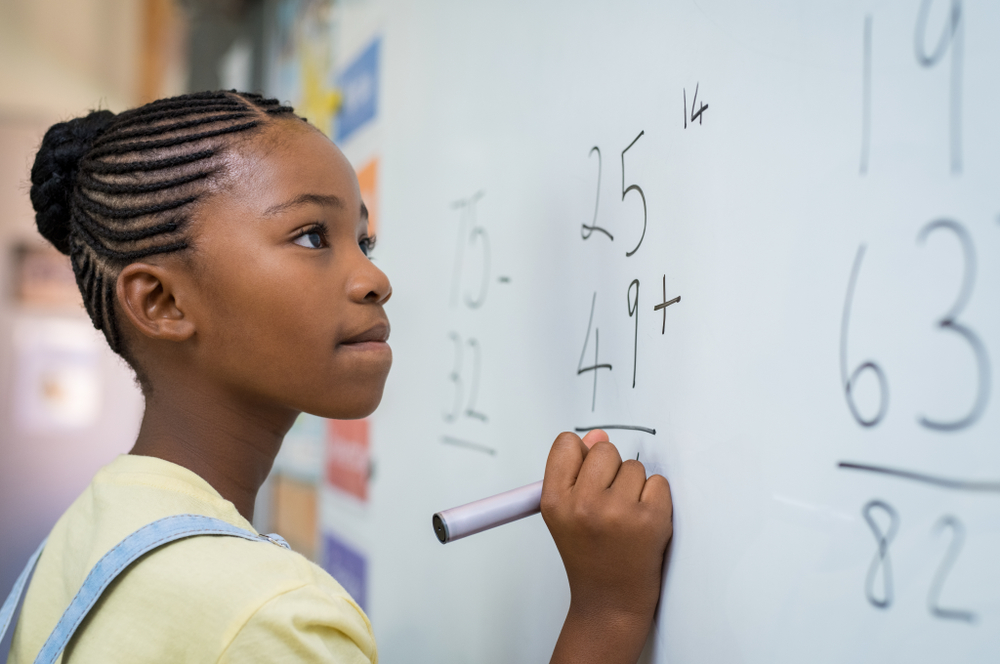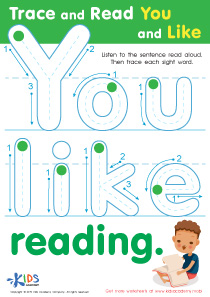Sound-letter association Normal Grade 1 Worksheets
4 filtered results
-
From - To
Introduce young learners to the fundamentals of phonics with our comprehensive Sound-Letter Association Grade 1 Worksheets. Perfectly tailored for first graders, these printable worksheets are designed to strengthen the connection between letters and their corresponding sounds, enhancing reading and spelling skills. Students will engage in various activities that promote letter recognition, phonemic awareness, and vocabulary building. Our expertly crafted worksheets offer a playful yet educational approach, ensuring that foundational language skills are developed while keeping learning enjoyable and interactive. Give your child a head start on their literacy journey with these essential tools. Download and print today!
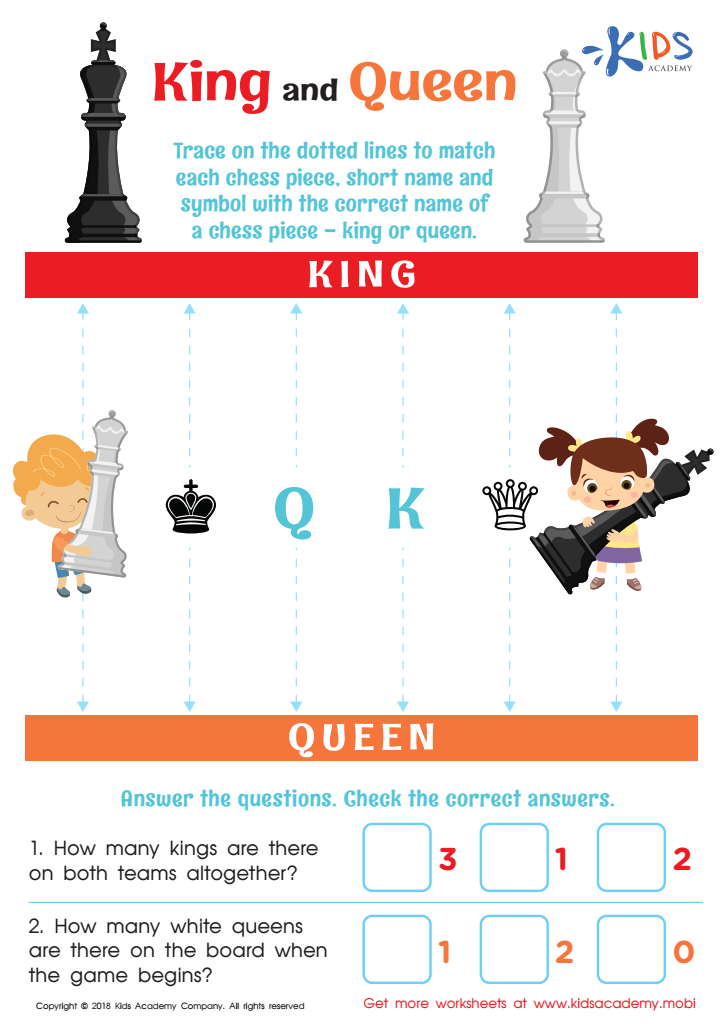

King and Queen Worksheet
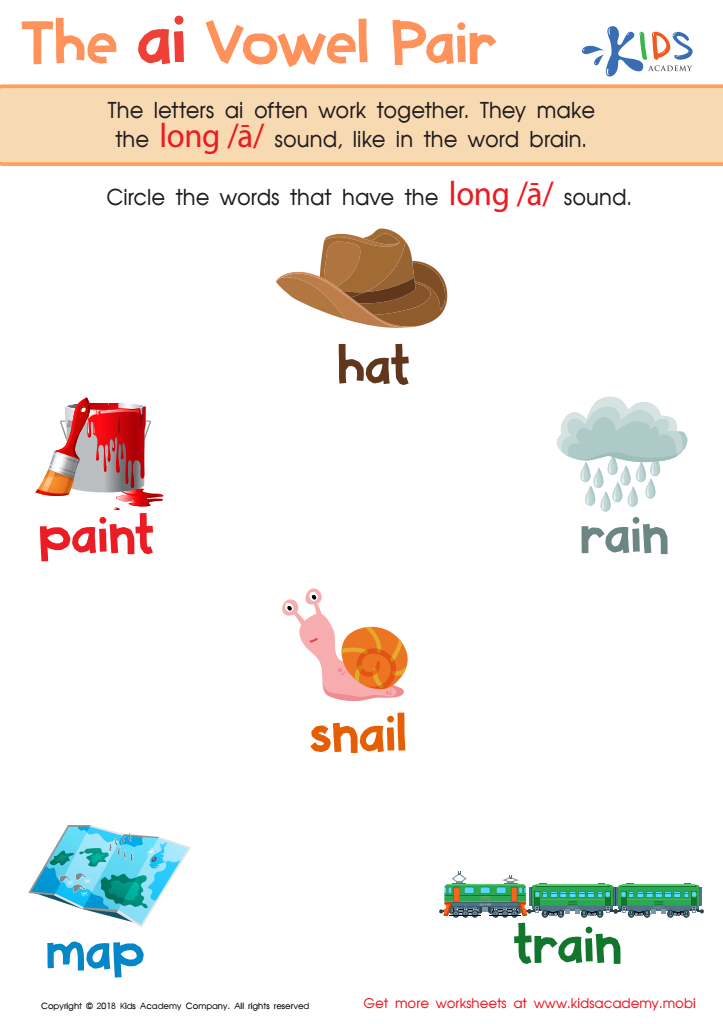

The AI Vowel Pair Worksheet
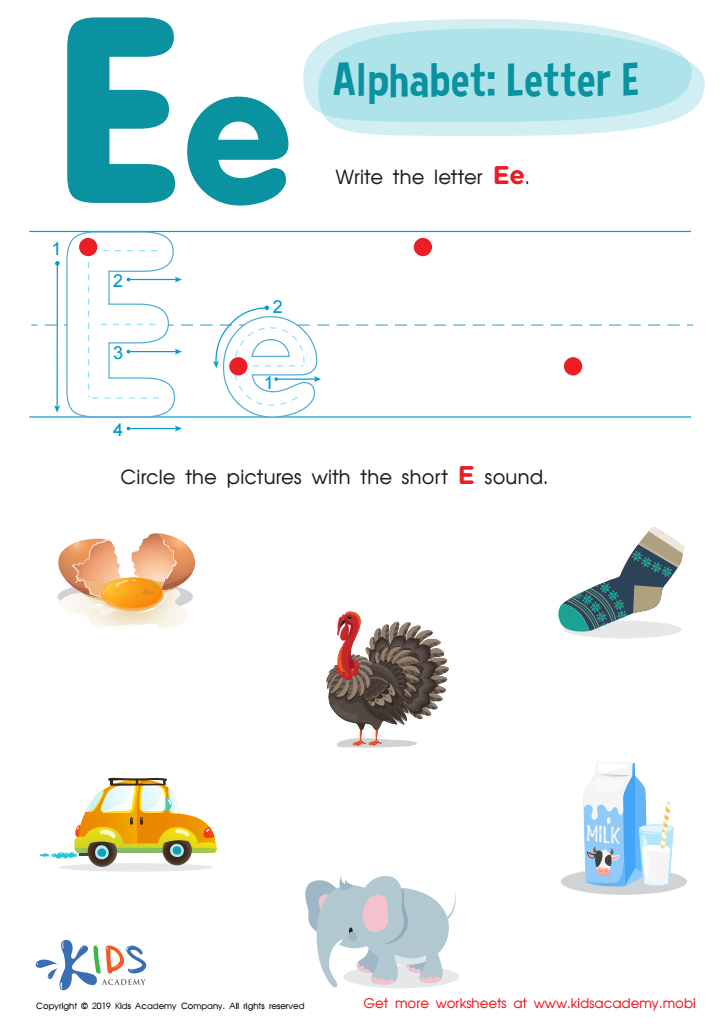

Letter E Tracing Worksheet
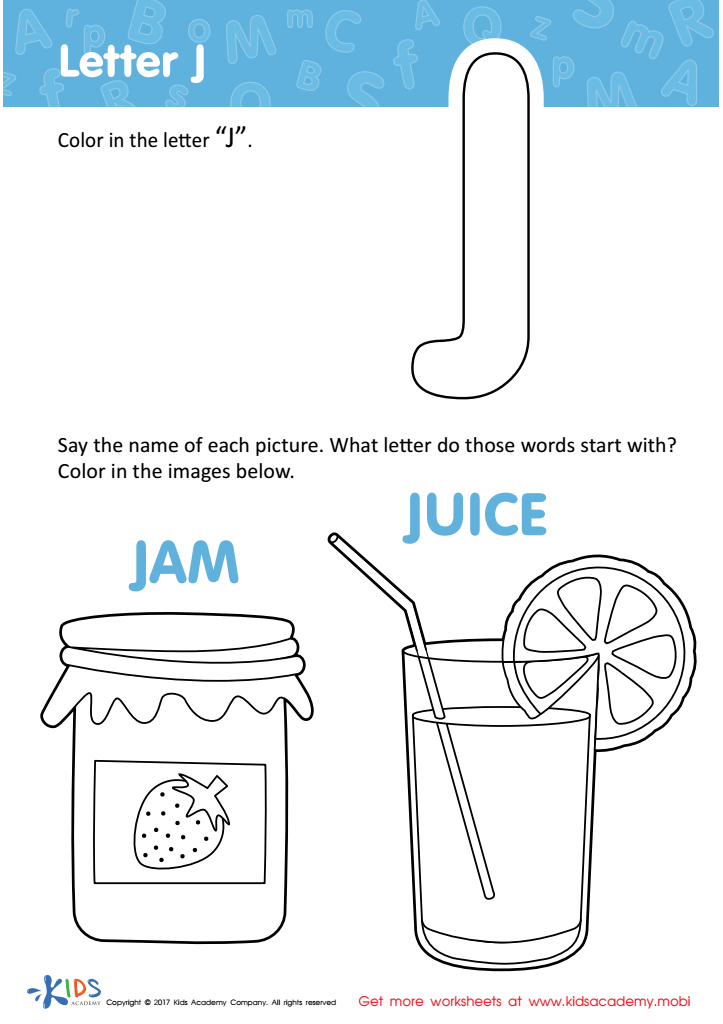

Letter J Coloring Sheet
Sound-letter association is a cornerstone of early literacy development, and it is crucial for parents and teachers to prioritize this skill in Grade 1. This fundamental concept, which involves connecting sounds, or phonemes, with their corresponding letters or groups of letters, forms the basis for effective reading and writing. When children understand this relationship, they can begin to decode, or sound out, words independently, which enhances their reading proficiency.
Fostering a strong grasp of sound-letter associations ignites a child’s awareness of phonemic patterns. This, in turn, aids in word recognition and spelling, allowing them to read with fluency and accuracy. Skilled reading entails not just recognizing printed words but also comprehending them—something that becomes significantly easier and more automatic with a solid understanding of phonics.
Moreover, confidence in reading boosts a child's motivation and enthusiasm for learning, fostering a positive attitude towards education. A firm foundation in phonics can also identify and mitigate early learning difficulties, enabling timely interventions and support. In summary, prioritizing sound-letter association in Grade 1 equips children with essential literacy skills, fostering lifelong learning and success. Importantly, actively engaging with their child's literacy development signals to the young learner that their progress and education are valued.
 Assign to My Students
Assign to My Students



